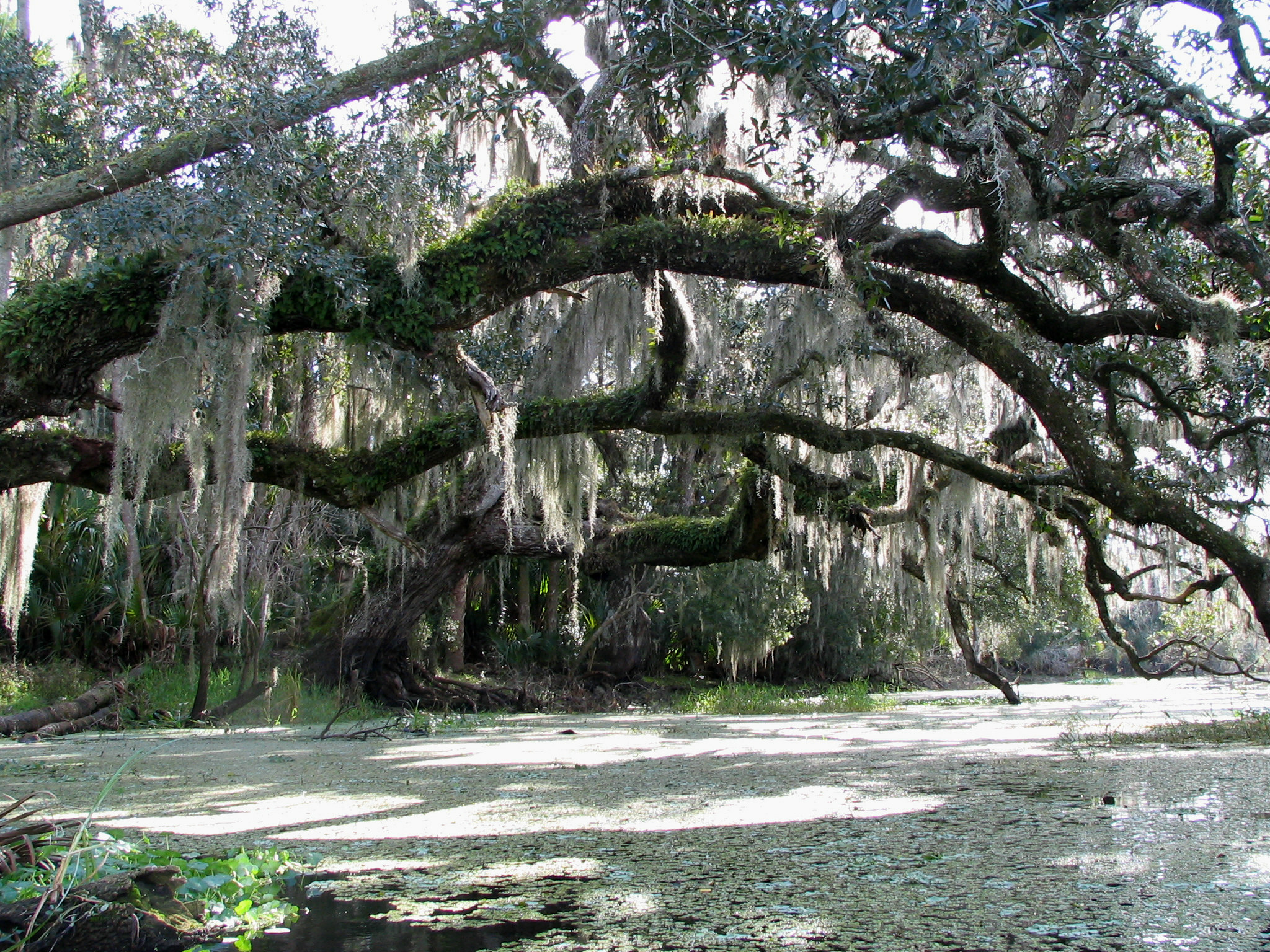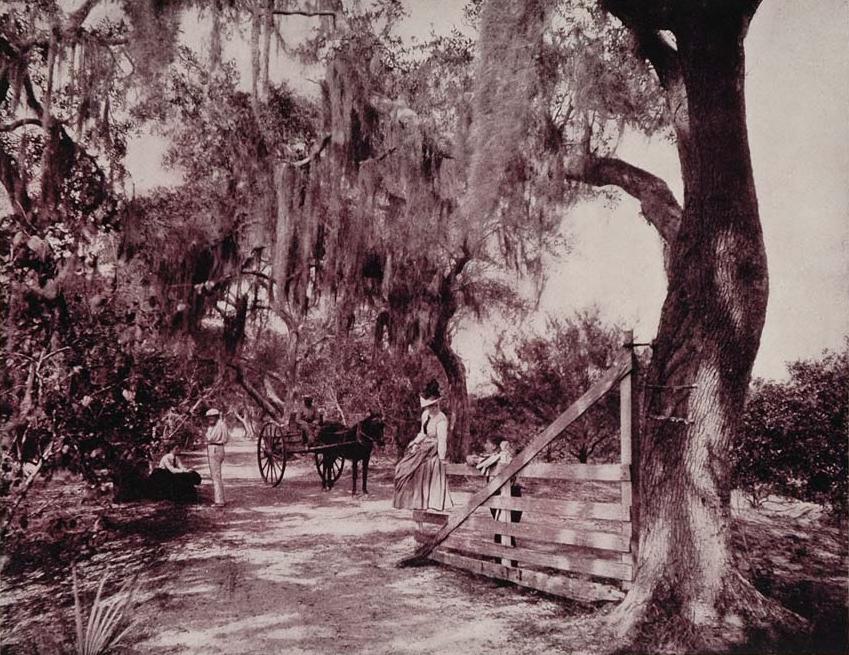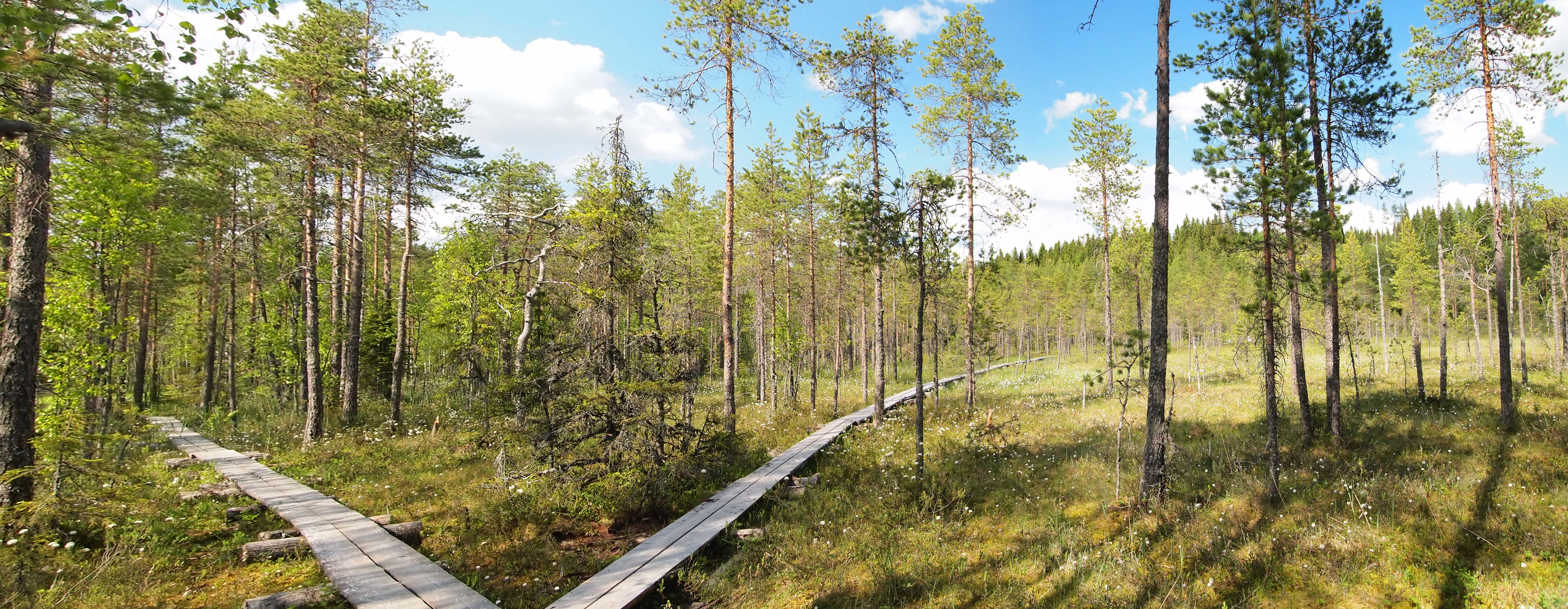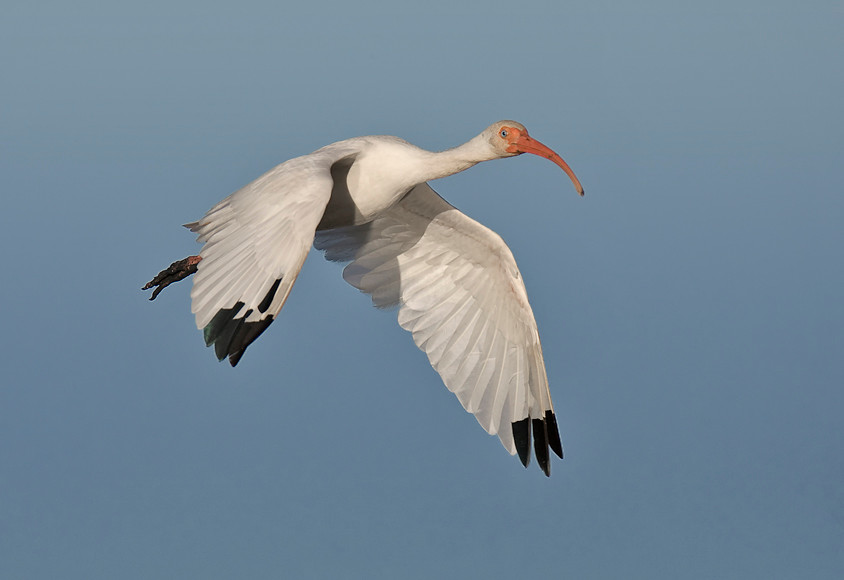|
Hontoon Island State Park
Hontoon Island State Park is a Florida State Park located on Hontoon Island between the St. Johns River and the Hontoon Dead River in Volusia County. It is six miles (10 km) west of DeLand, off SR 44, and can only be reached by boat or park-operated passenger ferry. No motorized vehicles, other than wheelchairs, are allowed to be brought onto the island and there is no swimming. The island has pine flatwoods, palm and oak hammocks, bald cypress swamps and marshes. Hontoon Island is surrounded by the St. Johns River, the Hontoon Dead River, and Snake Creek. Activities include horseshoes, cycling, boating, canoeing, kayaking, and fishing, as well as hiking, camping, picnicking, and nature viewing and photography. The island can be circumnavigated with a nine and a half-mile (14 km) day trip; Blue Spring State Park is a short paddle up the St. Johns (3.5 miles) one way. Amenities include canoe rentals, bike paths, eleven tent sites and six rustic cabins. The park also h ... [...More Info...] [...Related Items...] OR: [Wikipedia] [Google] [Baidu] |
Volusia County, Florida
Volusia County (, ) is located in the east-central part of the U.S. state of Florida, stretching between the St. Johns River and the Atlantic Ocean. As of the 2020 census, the county was home to 553,543 people, an increase of 11.9% from the 2010 census. It was founded on December 29, 1854, from part of Orange County, and was named for the community of Volusia, located in northwestern Volusia County. Its first county seat was Enterprise. Since 1887, its county seat has been DeLand. Volusia County is part of the Deltona–Daytona Beach–Ormond Beach metropolitan statistical area, as well as part of the larger Orlando–Deltona–Daytona Beach Combined statistical area. History Volusia County was named after its largest community, Volusia, when the Florida Legislature created it by dividing Orange County on December 29, 1854. At the time, Volusia County had about 600 residents. The origins of the word "Volusia" are unclear, though several theories exist: # The name came fr ... [...More Info...] [...Related Items...] OR: [Wikipedia] [Google] [Baidu] |
Nature Trail
An educational trail (or sometimes educational path), nature trail or nature walk is a specially developed hiking trail or footpath that runs through the countryside, along which there are marked stations or stops next to points of natural, technological or cultural interest. These may convey information about, for example, flora and fauna, soil science, geology, mining, ecology or cultural history. Longer trails, that link more widely spaced natural phenomena or structures together, may be referred to as themed trails or paths. In order to give a clearer explanation of the objects located at each station, display boards or other exhibits are usually erected, in keeping with the purpose of the trail. These may include: information boards, photographs and pictures, maps or plans, display cases and models, slides, sound or multimedia devices, facilities to enable experimentation and so on. The routes are regularly maintained. Educational trails with a strong thematic content may a ... [...More Info...] [...Related Items...] OR: [Wikipedia] [Google] [Baidu] |
State Parks Of Florida
State may refer to: Arts, entertainment, and media Literature * ''State Magazine'', a monthly magazine published by the U.S. Department of State * ''The State'' (newspaper), a daily newspaper in Columbia, South Carolina, United States * ''Our State'', a monthly magazine published in North Carolina and formerly called ''The State'' * The State (Larry Niven), a fictional future government in three novels by Larry Niven Music Groups and labels * States Records, an American record label * The State (band), Australian band previously known as the Cutters Albums * ''State'' (album), a 2013 album by Todd Rundgren * ''States'' (album), a 2013 album by the Paper Kites * ''States'', a 1991 album by Klinik * ''The State'' (album), a 1999 album by Nickelback Television * ''The State'' (American TV series), 1993 * ''The State'' (British TV series), 2017 Other * The State (comedy troupe), an American comedy troupe Law and politics * State (polity), a centralized political organizatio ... [...More Info...] [...Related Items...] OR: [Wikipedia] [Google] [Baidu] |
Parks In Volusia County, Florida
A park is an area of natural, semi-natural or planted space set aside for human enjoyment and recreation or for the protection of wildlife or natural habitats. Urban parks are green spaces set aside for recreation inside towns and cities. National parks and country parks are green spaces used for recreation in the countryside. State parks and provincial parks are administered by sub-national government states and agencies. Parks may consist of grassy areas, rocks, soil and trees, but may also contain buildings and other artifacts such as monuments, fountains or playground structures. Many parks have fields for playing sports such as baseball and football, and paved areas for games such as basketball. Many parks have trails for walking, biking and other activities. Some parks are built adjacent to bodies of water or watercourses and may comprise a beach or boat dock area. Urban parks often have benches for sitting and may contain picnic tables and barbecue grills. The largest ... [...More Info...] [...Related Items...] OR: [Wikipedia] [Google] [Baidu] |
Red-shouldered Hawk
The red-shouldered hawk (''Buteo lineatus'') is a medium-sized buteo. Its breeding range spans eastern North America and along the coast of California and northern to northeastern-central Mexico. It is a permanent resident throughout most of its range, though northern birds do migrate, mostly to central Mexico. The main conservation threat to the widespread species is deforestation. Taxonomy The red-shouldered hawk was formally described in 1788 by the German naturalist Johann Friedrich Gmelin in his revised and expanded edition of Carl Linnaeus's ''Systema Naturae''. He placed it with the eagles, hawks and relatives in the genus '' Falco'' and coined the binomial name ''Falco lineatus''. Gmelin based his account on the "barred-breasted buzzard" of John Latham and the "red shouldered falcon" of Thomas Pennant. Latham had described a preserved specimen from North America in the Leverian collection while Pennant's specimen formed part of the collection of Anna Blackburne and had ... [...More Info...] [...Related Items...] OR: [Wikipedia] [Google] [Baidu] |
Yellow-crowned Night Heron
The yellow-crowned night heron (''Nyctanassa violacea''), is one of two species of night herons found in the Americas, the other one being the black-crowned night heron. It is known as the ''bihoreau violacé'' in French and the ''pedrete corona clara'' in Spanish. Description General shape The yellow-crowned night heron is a rather stocky wading bird, ranging from and from , the females being a little smaller than the males. The yellow-crowned night heron has a wingspan ranging from . The neck, slim when extended, exposes its large head (compared to its body), with a large and heavy bill. Colors The body and back are a smooth grey-blue, with a black scaled pattern on the wings. The long legs are yellow and turn coral, pink or red during courtship. The most characteristic part of the yellow-crowned night heron is the head: black and glossy, with white cheeks and a pale yellow crown going from the bill, between the eyes and to the back of the head, giving the bird its comm ... [...More Info...] [...Related Items...] OR: [Wikipedia] [Google] [Baidu] |
American Black Vulture
The black vulture (''Coragyps atratus''), also known as the American black vulture, Mexican vulture, zopilote, urubu, or gallinazo, is a bird in the New World vulture family whose range extends from the northeastern United States to Peru, Central Chile and Uruguay in South America. Although a common and widespread species, it has a somewhat more restricted distribution than its compatriot, the turkey vulture, which breeds well into Canada and south to Tierra del Fuego. It is the Monotypic taxon, only extant member of the genus ''Coragyps'', which is in the family Cathartidae. Despite the similar name and appearance, this species is unrelated to the Cinereous vulture, Eurasian black vulture, an Old World vulture in the family Accipitridae (which includes eagles, hawks, kite (bird), kites, and harrier (bird), harriers). It inhabits relatively open areas which provide scattered forests or shrublands. With a wingspan of , the black vulture is a large bird, though relatively small ... [...More Info...] [...Related Items...] OR: [Wikipedia] [Google] [Baidu] |
Limpkin
The limpkin (''Aramus guarauna''), also called carrao, courlan, and crying bird, is a large wading bird related to rails and cranes, and the only extant species in the family Aramidae. It is found mostly in wetlands in warm parts of the Americas, from Florida to northern Argentina. It feeds on molluscs, with the diet dominated by apple snails of the genus ''Pomacea''. Its name derives from its seeming limp when it walks. Taxonomy and systematics The limpkin is placed in the family Aramidae, which is in turn placed within the crane and rail order Gruiformes. The limpkin had been suggested to be close to the ibis and spoonbill family Threskiornithidae, based upon shared bird lice. The Sibley–Ahlquist taxonomy of birds, based upon DNA–DNA hybridization, suggested that the limpkin's closest relatives were the Heliornithidae finfoots, and Sibley and Monroe even placed the species in that family in 1990. More recent studies have found little support for this relationship. More r ... [...More Info...] [...Related Items...] OR: [Wikipedia] [Google] [Baidu] |
Barred Owl
The barred owl (''Strix varia''), also known as the northern barred owl, striped owl or, more informally, hoot owl, is a North American large species of owl. A member of the true owl family, Strigidae, they belong to the genus '' Strix'', which is also the origin of the family's name under Linnaean taxonomy.Sclater, P. L. (1879). ''Remarks on the Nomenclature of the British Owls, and on the Arrangement of the Order Striges''. Ibis, 21(3), 346-352. Barred owls are largely native to eastern North America, but have expanded their range to the west coast of North America where they are considered invasive.Evers, L. (2014). ''Beyond anyone's control''. Northwest Science, 88(1), 65-67.Kelly, E. G. (2001). ''The range expansion of the northern barred owl: an evaluation of the impact on spotted owls''. Thesis, Oregon State University. Mature forests are their preferred habitat, but they can also acclimate to various gradients of open woodlands.Mazur, K. M. & James, P.C. (2020). ''Barr ... [...More Info...] [...Related Items...] OR: [Wikipedia] [Google] [Baidu] |
American White Ibis
The American white ibis (''Eudocimus albus'') is a species of bird in the ibis family, Threskiornithidae. It is found from Virginia via the Gulf Coast of the United States south through most of the coastal New World tropics. This particular ibis is a medium-sized bird with an overall white plumage, bright red-orange down-curved bill and long legs, and black wing tips that are usually only visible in flight. Males are larger and have longer bills than females. The breeding season, breeding range runs along the Gulf and East Coast of the United States, Atlantic Coast, and the coasts of Mexico and Central America. Outside the breeding period, the range extends further inland in North America and also includes the Caribbean. It is also found along the northwestern South American coastline in Colombia and Venezuela. Populations in central Venezuela overlap and interbreed with the scarlet ibis. The two have been classified by some authorities as a single species. Their diet consists pr ... [...More Info...] [...Related Items...] OR: [Wikipedia] [Google] [Baidu] |
Sandhill Crane
The sandhill crane (''Antigone canadensis'') is a species of large crane of North America and extreme northeastern Siberia. The common name of this bird refers to habitat like that at the Platte River, on the edge of Nebraska's Sandhills on the American Great Plains. Sandhill Cranes are known to hangout at the edges of bodies of water especially in the Central Florida region. This is the most important stopover area for the nominotypical subspecies, the lesser sandhill crane (''A. c. canadensis''), with up to 450,000 of these birds migrating through annually. Taxonomy In 1750, English naturalist George Edwards included an illustration and a description of the sandhill crane in the third volume of his ''A Natural History of Uncommon Birds''. He used the English name "The Brown and Ash-colour'd Crane". Edwards based his hand-coloured etching on a preserved specimen that had been brought to London from the Hudson Bay area of Canada by James Isham. When in 1758 the Swedish natu ... [...More Info...] [...Related Items...] OR: [Wikipedia] [Google] [Baidu] |
Pileated Woodpecker
The pileated woodpecker (''Dryocopus pileatus'') is a large, mostly black woodpecker native to North America. An insectivore, it inhabits deciduous forests in eastern North America, the Great Lakes, the boreal forests of Canada, and parts of the Pacific Coast. It is the largest confirmed extant woodpecker species in North America, with the possible exception of the ivory-billed woodpecker, which the U.S. Fish and Wildlife Service has proposed be reclassified as extinct. It is also the third largest species of woodpecker in the world, after the great slaty woodpecker and the black woodpecker. "Pileated" refers to the bird's prominent red crest, from the Latin meaning "capped". Taxonomy The English naturalist Mark Catesby described and illustrated the pileated woodpecker in his book ''The Natural History of Carolina, Florida and the Bahama Islands'' which was published between 1729 and 1732. Catesby used the English name "The larger red-crested Wood-pecker" and the Latin ''Picus n ... [...More Info...] [...Related Items...] OR: [Wikipedia] [Google] [Baidu] |





.jpg)
_(5957075195).jpg)


